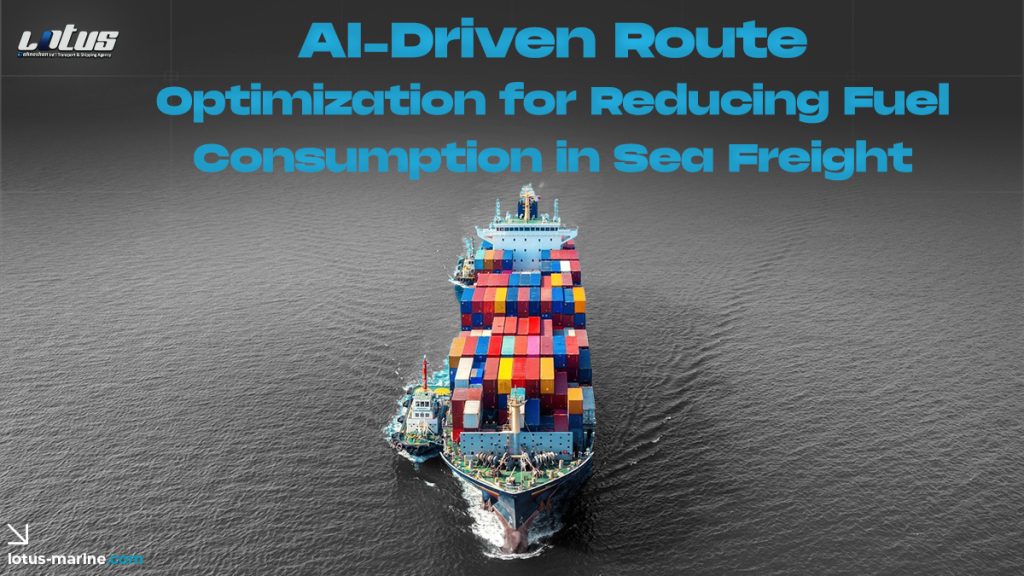Introduction to AI in Maritime Industry
The maritime industry has long been the backbone of global trade. However, as environmental concerns grow, the need for more sustainable practices has never been greater. One solution lies in integrating Artificial Intelligence (AI) to optimize shipping routes, significantly reducing fuel consumption.
Fundamentals of Route Optimization
Route optimization refers to identifying the most efficient path for ships to travel. Traditional methods relied on static maps and outdated data, often leading to inefficiencies. In contrast, AI-powered systems leverage real-time data and predictive analytics to improve accuracy and efficiency.
Key Features of AI in Route Optimization
- Real-Time Data Integration: AI systems use satellite data, IoT sensors, and weather forecasts to update routes dynamically.
- Predictive Analytics: Machine learning algorithms analyze historical data to forecast potential disruptions like storms or port congestion.
- Dynamic Re-Routing: Based on real-time conditions, AI can suggest alternative paths to avoid delays and save fuel.
Benefits of AI-Driven Route Optimization
- Reduced Fuel Consumption: Optimized routes lead to shorter travel distances, directly reducing fuel use and emissions.
- Enhanced Operational Efficiency: Faster and more efficient routes improve delivery timelines and customer satisfaction.
- Cost Savings: Lower fuel costs translate to significant savings for shipping companies.
Practical Applications of AI in Sea Freight
Major shipping companies like Maersk have embraced AI-driven solutions to enhance efficiency. By integrating AI with existing logistics systems, they’ve achieved substantial savings and minimized environmental impact.
Challenges in Implementing AI in Sea Freight
While the benefits are clear, implementing AI comes with challenges:
- High Initial Costs: Setting up AI infrastructure requires a significant investment.
- Resistance to Change: Traditional players in the industry may hesitate to adopt new technologies.
- Data Security: Ensuring the safety of real-time data remains a critical concern.
Future Trends in AI for Maritime Efficiency
The future of AI in sea freight is promising. From autonomous ships to advanced AI-powered models, the industry is set to transform. Collaborative efforts between tech firms and shipping companies will further enhance fuel efficiency and sustainability.
Conclusion
AI-driven route optimization is revolutionizing sea freight, making it more efficient and eco-friendly. By adopting this technology, the maritime industry can pave the way for a sustainable future.
FAQs
- What is AI-driven route optimization? AI-driven route optimization uses advanced algorithms to determine the most fuel-efficient shipping routes in real time.
- How does AI reduce fuel consumption in sea freight? By analyzing real-time and predictive data, AI optimizes shipping routes, minimizing unnecessary fuel use.
- What are the challenges of implementing AI in shipping? High costs, resistance to change, and data security are common challenges.
- Are there examples of successful AI integration in sea freight? Yes, companies like Maersk have successfully implemented AI-driven solutions, achieving significant operational savings.
- What is the future of AI in the maritime industry? The future includes autonomous ships, smarter algorithms, and increased collaboration between shipping and technology firms.







